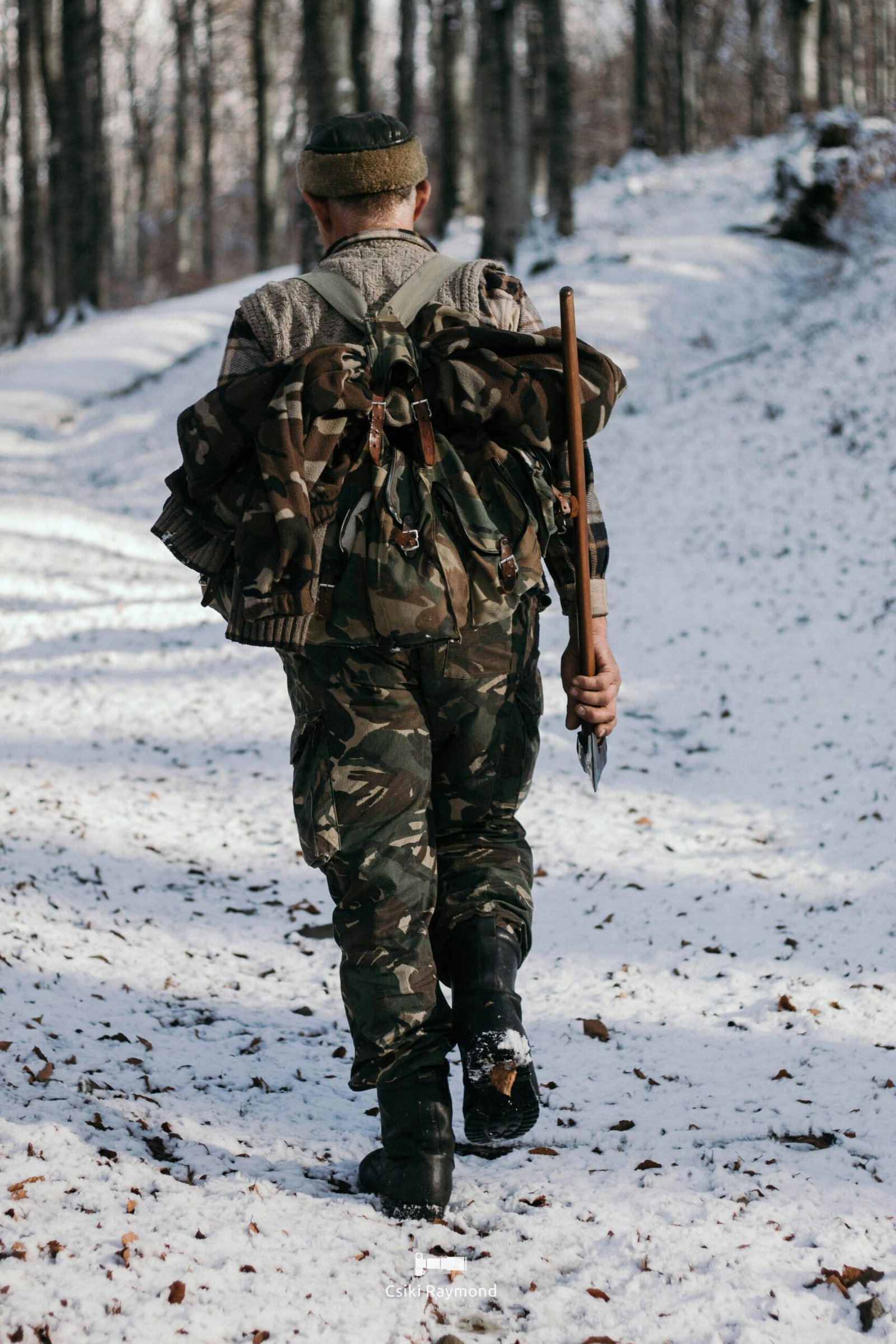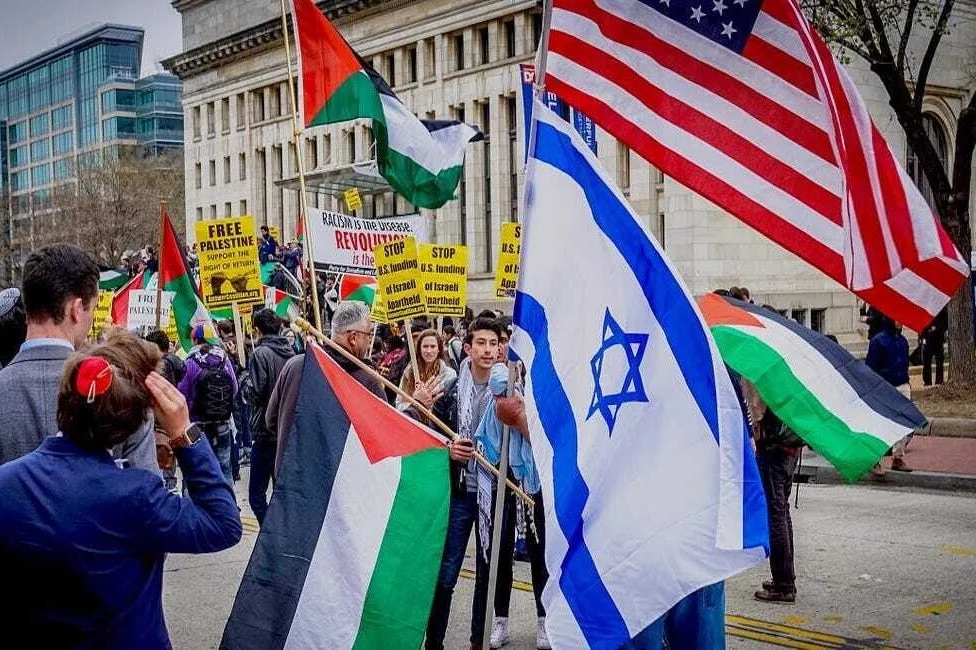Historical Context and Development of the Iranian Army
The Iranian Army, known as the Artesh, has undergone significant transformations since its inception. Historically, the roots of the Iranian military can be traced back to pre-Islamic Persia, where formidable forces such as the Achaemenid and Sassanian armies played pivotal roles in regional and global politics. However, the modern era of the Iranian Army commenced during the early 20th century under the Pahlavi dynasty, which sought to modernize and Westernize the military as part of a broader national consolidation effort.
During this pre-revolutionary period, Reza Shah Pahlavi and his son, Mohammad Reza Shah Pahlavi, implemented a series of reforms aimed at building a robust, Western-style armed force. This included professional training programs, acquisition of advanced weaponry, and establishing strong ties with Western powers, particularly the United States. These efforts yielded a relatively modern and effective military apparatus by the 1970s. However, the 1979 Islamic Revolution marked a pivotal shift. The overthrow of the Pahlavi monarchy led to a restructuring of the Iranian military to align with the new Islamic Republic’s ideological tenets.
One of the most defining events in the post-revolutionary era was the Iraqi invasion of Iran in 1980. The eight-year Iran-Iraq War, often referred to as the First Persian Gulf War, significantly impacted the country’s military strategy and doctrine. Faced with substantial losses and a need for self-sufficiency, Iran began to focus on developing indigenous defense industries and asymmetrical warfare tactics. This period saw a heightened emphasis on missile technology, drone capabilities, and naval forces, aiming to ensure national defense without reliance on foreign powers.
Geopolitical dynamics and internal politics have continually shaped the Iranian Army’s evolution. The strained relationship with Western nations, regional rivalries, and sanctions have prompted Iran to innovate within its constraints, leading to a unique military posture. The integration of the Revolutionary Guards with the conventional forces illustrates the blending of ideological fervor with traditional military practices. Consequently, the modern Iranian Army stands as a complex entity reflecting a history of resilience, adaptation, and strategic reorientation.
Modern Weaponry and Technological Advancements
The Iranian Army’s arsenal encompasses a diverse array of conventional and unconventional weaponry, meeting the demands of contemporary warfare through an evolving mix of indigenous innovations and externally sourced technologies. Central to the Iranian military’s combat capabilities are its infantry weapons, encompassing assault rifles like the locally-produced Khyber KH2002, and a range of tactical support arms such as machine guns, sniper rifles, and grenade launchers. The Iranian military-industrial complex has made significant strides in developing these weapons, reflecting a strategic move towards self-sufficiency, particularly in the face of international sanctions that limit access to foreign technology.
Armored vehicles form another critical component of Iran’s ground forces. Among these, the domestically produced Zulfiqar tanks and upgraded versions of the T-72 shine as key assets in the armored division. These vehicles demonstrate Iran’s capability to not only maintain but advance its armored fleet amidst geopolitical constraints. Further, artillery units, including the domestically-produced Raad-2 and the Fateh-110 missile systems, demonstrate a wide range of tactical and strategic applications, providing Iran with significant reach and firepower.
Missile technology remains a cornerstone of Iran’s military deterrent strategy. Both short-range and long-range missile systems, such as the Shahab and Sejil series, have been developed indigenously and showcase significant advances in accuracy and payload capacity. Despite external sanctions, Iran continues to enhance its missile technology, reflecting a robust domestic research and development agenda.
In recent years, Iran has also prioritized advancements in Unmanned Aerial Vehicles (UAVs). The Shahed and Mohajer series UAVs exemplify Iran’s growing prowess in drone technology. These UAVs have been designed for both reconnaissance and offensive operations, indicating a sophisticated approach to modern warfare. Alongside UAV advancements, Iran has invested in augmenting its cyber capabilities, positioning itself as a formidable player in the realm of cyber warfare. The integration of cyber-defense mechanisms and offensive cyber tools signifies a strategic shift towards hybrid forms of conflict, aligning with global military trends.
Organizational Structure and Training Regimen
The Iranian Army, known as the Artesh, is structured into several distinct branches which include the Ground Forces, Air Defense, and the Aerospace Force. Each branch operates under a clearly defined hierarchical organization, ensuring command and operational efficiency. The Ground Forces constitute the largest component, responsible for land-based military operations and divided into brigades and divisions for effective deployment and management. The Air Defense branch safeguards the nation’s airspace, utilizing advanced radar systems and missile technology. The Aerospace Force, integrated within the Islamic Revolutionary Guard Corps (IRGC), encompasses various air and missile capabilities, focusing on both defensive and offensive operations.
Recruit and officer training in the Iranian Army is rigorous and comprehensive. Basic training for recruits generally lasts around 12 weeks, emphasizing physical conditioning, weapons handling, and fundamental military tactics. This period serves to instill discipline and basic combat skills necessary for effective service. Officers undergo an extended training program at military academies, which includes theoretical instruction in military science and leadership, followed by practical applications in the field.
Specialized training is a cornerstone of Iran’s military preparedness, particularly for elite units. The Quds Force, a branch of the IRGC tasked with extraterritorial operations, undergoes intense and highly specialized training. This training focuses on asymmetrical warfare tactics, intelligence gathering, covert operations, and counter-terrorism strategies. The purpose is to equip Quds Force operatives with the skills necessary for unconventional warfare and strategic operations outside Iran’s borders. These units are considered highly proficient in executing complex missions that require advanced tactical and strategic expertise.
The training regimen across Iranian military branches is designed to ensure that personnel are well-prepared for a wide range of operational scenarios. This comprehensive approach to training underscores the Iranian Army’s commitment to maintaining a versatile and capable force, equipped to address both traditional and unconventional threats.
Strategic Goals and Regional Influence
The strategic objectives of the Iranian Army are intricately tied to the nation’s broader defense policies and regional ambitions. As a primary component of Iran’s defense apparatus, the military focuses heavily on deterrence to safeguard its sovereignty and maintain a balance of power in the Middle East. This deterrence strategy involves showcasing military capabilities to dissuade adversaries from potential aggression. Key to this is Iran’s approach to asymmetric warfare, where the Iranian Army plays a transformative role in advancing the nation’s defensive and offensive capacities.
Projecting power within the regional landscape is central to Iran’s military doctrine. To achieve this, the Iranian Army has established various military alliances and has been actively involved in supporting proxy groups in nations such as Syria, Iraq, Yemen, and Lebanon. This not only extends Iran’s influence but also creates a network of alliances that can be leveraged to protect national interests. In Syria, for instance, Iranian military advisors and supporting forces have played a vital role in propping up the Assad regime, thus sustaining a strategic ally. Similarly, in Iraq, Iran’s backing of Shia militias has significant political ramifications, expanding Iranian clout in the country.
Moreover, Iran’s involvement in Yemen through support for the Houthi rebels underscores its strategy of exerting influence over critical nodes in the region. In Lebanon, the Iranian-supported Hezbollah operates as both a political entity and a formidable military force, amplifying Iran’s reach in the Levant. These alliances and involvements offer Iran strategic depth and deterrence, but they also strain military resources and necessitate continuous on-ground engagement.
Looking ahead, Iran faces several challenges in maintaining and expanding its military capabilities. Economic sanctions and international scrutiny over its defense policies pose significant hurdles. Furthermore, the requirement for constant modernization in weaponry and technology to keep pace with regional adversaries means that the Iranian Army must continually evolve. The broader context of Middle Eastern geopolitics, with its shifting alliances and frequent conflicts, further complicates the strategic landscape. Nevertheless, the Iranian Army remains a central pillar of Iran’s strategy to assert itself as a dominant regional power, navigating through an intricate web of challenges and opportunities.









